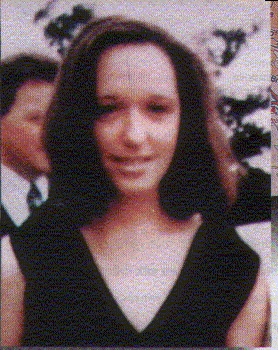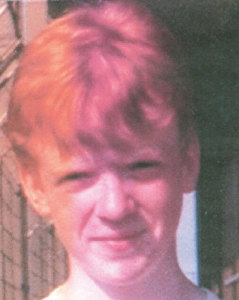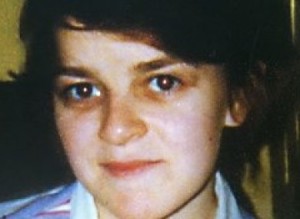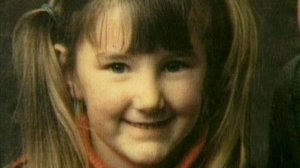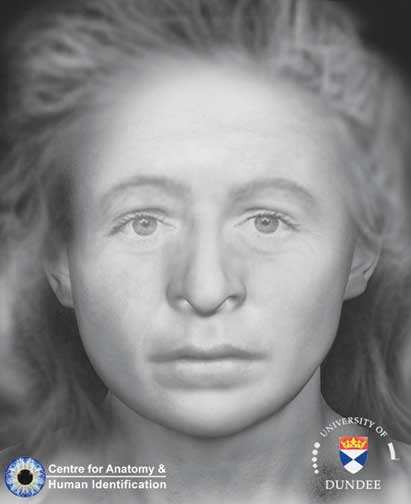
Estimated computer likeness of person found off coast of Ireland.
It’s been an eventful couple of months, where the plight of missing persons in Ireland is concerned.
There’ve been harrowing developments in a number of long-running, heart-breaking sagas involving loved ones not seen in months in some cases, years in others.
The unexplained disappearances of dozens of individuals, the closing of a small number of cases, the release of a notorious suspect, and the astonishing story behind a skull found off the coast of Ireland’s south east, are just some of the twists in the tragic tale of Ireland’s missing persons issue.
Closure, though reluctantly invited, has arrived at the doors of several Irish families who had been tirelessly searching and waiting, they no doubt felt, in vain, for their missing parent, sibling or child.
Then there’s the perpetrator, or at least, the alleged one, the man it is believed, who knows far more than he is admitting, with regards to the circumstances surrounding a number of missing women in Ireland.
The man seen in a wooded area in County Wicklow back in 2001 attempting to force a woman he’d repeatedly beaten and sexually assaulted into the trunk of his car.
Larry Murphy was released long before his sentence was up for behaving himself while imprisoned.
Had he been a model citizen before his incarceration, well, who knows what we’d be writing, and who’d still be reading.
The convicted rapist who refused to discuss his case or offer any information or opinion to officers investigating the dozens of missing persons incidents in Ireland, is free to roam the towns, villages and indeed, forests, of Ireland, and it would seem, Europe, once more.
Murphy served just over two-thirds of his prison term, and as The Irish Independent reported over the weekend, is now looking tanned and relaxed, having arrived back in Dublin, for a few days, to renew his passport, after he spent several months on the continent.
No such time spent at ease for the family of Bernie Gavin, the Dublin woman who’d been missing for almost four years before her remains were discovered in a park near her home in Finglas.
Throughout that time they never gave in, and endured sleepless nights and hopeless days, praying for Bernie’s return.
Now she’s at rest, and the mystery is at least somewhat solved, their grieving can at last commence.

Convicted rapist Larry Murphy leaving Arbour Hill Prison last August (Photocall)
Or for the loved ones of Sandra Collins, the Mayo woman who vanished without trace in December 2000, a case which hit the headlines in recent weeks, following the news that a number of individuals had been taken in for questioning by the Gardai in relation to her disappearance, only to be released again without charge.
After a brief flicker of hope for the Collins family, a close-knit group that has suffered far more than any family should have to, the curtains of uncertainty have once again been drawn, and they are no closer to knowing why their beloved Sandra went missing.
Meanwhile, the families of Annie McCarrick, Deirdre Jacob, Trevor Deely, Barry Coughlan, Alan Bradley, Amy Fitzpatrick, Ciara Breen, Fiona Pender, JoJo Dullard, Fiona Sinnott, and dozens of other men and women across the country wait patiently, work tirelessly and wish hopefully, for news of their loved ones’ disappearances.
Then there’s the story of the skull. She was somebody’s daughter, of that we’re positive.
That simple piece of information, something that narrows her down to one of slightly more than half of the world’s population, was practically all that there was to work with.
The human skull was found thirty-five miles south of Kilmore Quay, off the coast of County Wexford in April of 2010, by Jim Devlin, skipper of the fishing vessel, The Willie B.
It was at first thought to have been part of the remains of any one of several fishermen who have been lost at sea over the years.
Devlin himself, a veteran of the Irish fishing industry, admitted that he felt it was most likely one of his late, lamented fishing comrades, who’d perished while doing their job.
Immediately after Devlin’s crew made the grim discovery in its nets, the Willie B returned to shore, where the Gardai were contacted.
Upon closer examination however, it became apparent that the remains were not those of a fisherman, but of a woman, whose identity has yet to be determined.

Detective Gerry Kealy
This was confirmed by Detective Gerry Kealy, a thirty-three-year veteran of the Garda Siochana, and expert in the field of forensic science.
Speaking of the region where the discovery was made, Detective Kealy said: “We’re at the tail of the teddy bear [with regards to Wexford’s position within Ireland’s geographical shape], in the south east corner. You have a number of seas meeting, you have the George Channel coming down from the Irish Sea, and the Celtic Sea, so basically, you have two seas coming together.
“There’s a massive amount of shipping traffic and ferries that pass along there.
“If there’s going to be accidents, or suicides, or (incidents) like that, they tend to accumulate down in this area”.
In the twelve months since the find, using Gerry’s knowledge and the expertise of the Irish State Pathologist, the State’s Forensic Anthropologist, experts from UCD and from the University of Dundee, a lot more is now known about the unidentified woman.
It’s even become possible for a full facial reconstruction to be created, following extensive painstaking work by a number of highly-skilled individuals involved with the case.
Most, if not all, of the information obtained has been due to the continued remarkable advances in the technology and scientific sectors, and the individuals who have used these techniques with extraordinary results.
That technology, and the work carried out by Detective Kealy and his colleagues, has helped create a picture of that person, who probably drowned in an accident, but may have been deliberately killed, winding up in Irish waters.
Upon the discovery and initial examination, Detective Kealy brought the skull to UCD School of Medicine, where Dr. Rene Gapert carried out the bone maceration process (this is where parts of a vertebrate corpse are left to rot inside a container at near-constant temperature, in order to get a clean skeleton, so as to prepare the skull for full forensic reconstruction).
It was subsequently determined by the skull’s condition, that it wasn’t in the water for an extended period of time, perhaps, a couple of years at the very most.
Further testing determined that the skull belonged to a female, between the ages of 35 and 60, and who may have spent many of her earlier years, outside of Ireland.
Also, it was discovered that one of the molars had had a crown fitted, one which a dental technician has since informed investigating officers that he may have made and fitted several years previously.
This is another hugely relevant detail which is being followed up.
Said Detective Kealy on Crimecall Ireland: “When we had a second molar analyzed, it could tell us where that person was reared between the ages of seven and sixteen, because that’s when the second molar develops”.
That analysis has since suggested that the woman spent those years on the eastern coast of the United States, added to the other information obtained from scientific analysis, she may have suffered from arthritis and had difficulty turning her head to the left, was well-nourished growing up, and had some unusual dental work. Also, claims Detective Kealy, she most likely died after 2006.
Following further investigation, through DNA analysis, it’s been determined that she was a Caucasian woman, and the names of fourteen early possibilities (other women with similar physical characteristics) have been crossed off the list, and as we were going to press, she was still not identified.
The goal, claims the seasoned detective, is: “To return this person to her family, to identify her and to give some family some closure”.
The investigation continues.
This piece first appeared in the Irish Examiner (USA) in 2011.



